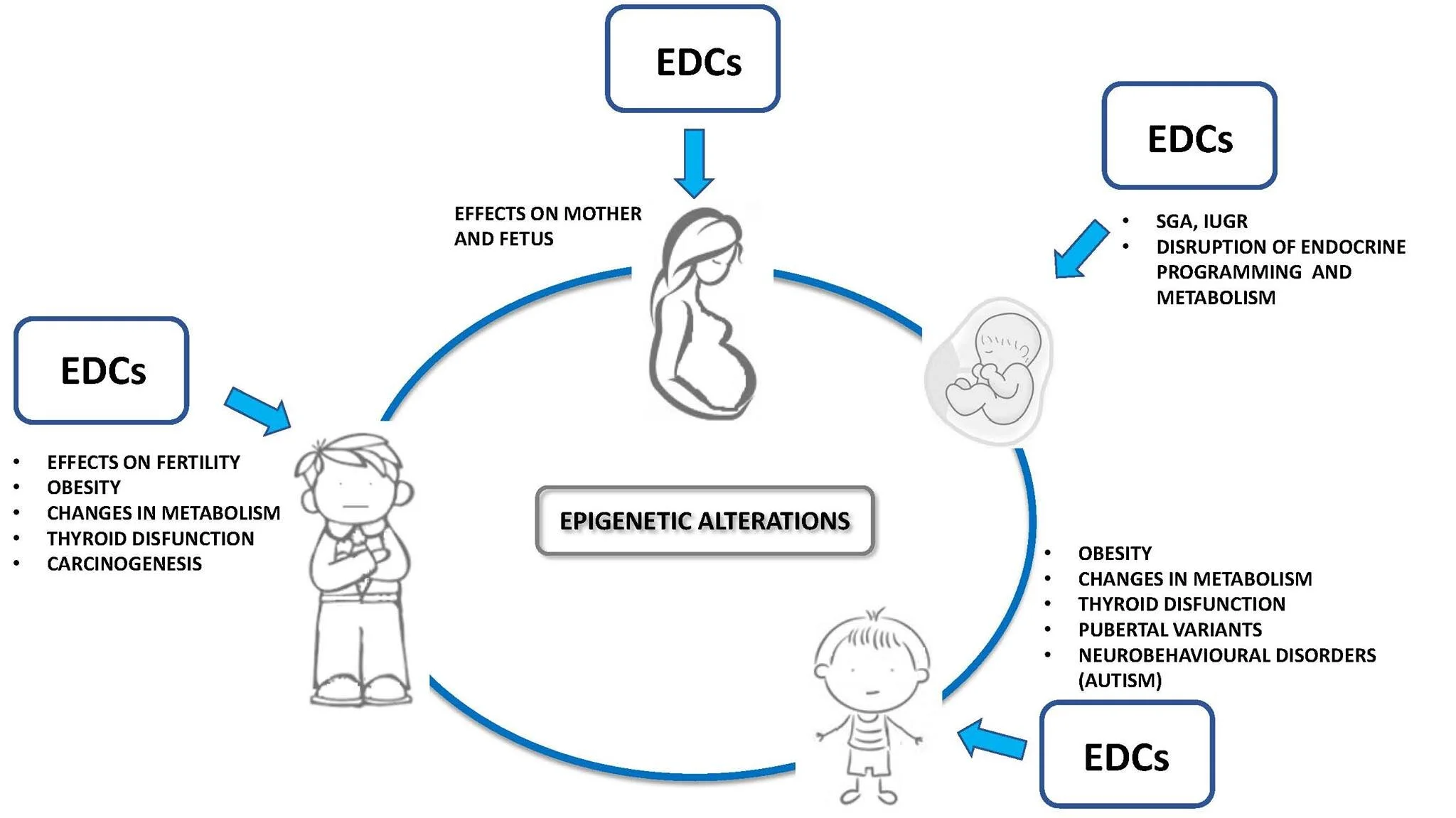Forewarned is forearmed
Endocrine disruptors are one of the most challenging and dangerous chemical insults that human beings experience.
EDCs are enormously disruptive to human health, by messing up people hormones, creating a range of congenital damage in foetuses, and devastating male and female fertility.
The rate of EDC production has almost tripled in the last 20 years, and effects can persist through the generations, affecting the children and even grandchildren of those exposed to the original environmental insult.
Worse, these chemicals are often described as 'forever chemicals', as they don't break down over time. We don't have a good way to destroy or purify them either.
This is a massive problem for humanity's long term health and wellbeing, and it's getting rapidly worse.
I would like to increase awareness of the dangers of these chemicals by creating a new symbol for products and zones contaminated by EDCs, inspired by the trefoil hazard symbols for radiological and biological hazards, developed by UC Berkeley and Dow Chemical respectively.
There are a number of extant hazard symbols which can be recognized clearly by billions of people, including chemical warning symbols that describe the flammability, etc of a substance. However, there is a gap in awareness of which products contain EDCs, and the number and quantity of EDCs for industry, and particularly for consumers.
If we could standardise the use of a symbol to denote EDCs in products and processes, then we can take account of EDCs for the first time, to facilitate consumer awareness, industrial safety, world trade, and ethical production and consumption.
Below is our second draft submission, with example implementations. The central symbol is a stylized BPA molecule with a dioxin molecule below it, flanked by three radiative blades symbolizing birth defects, infertility, and chronic disease. These elements together form the grotesque Endohazard Wraith, intended to convey an arresting, instinctive sensation of danger and revulsion across all cultures, irrespective of familiarity with the symbol’s meaning.
We now seek to advance the design further if necessary, and to specify it formally within an official standard.




